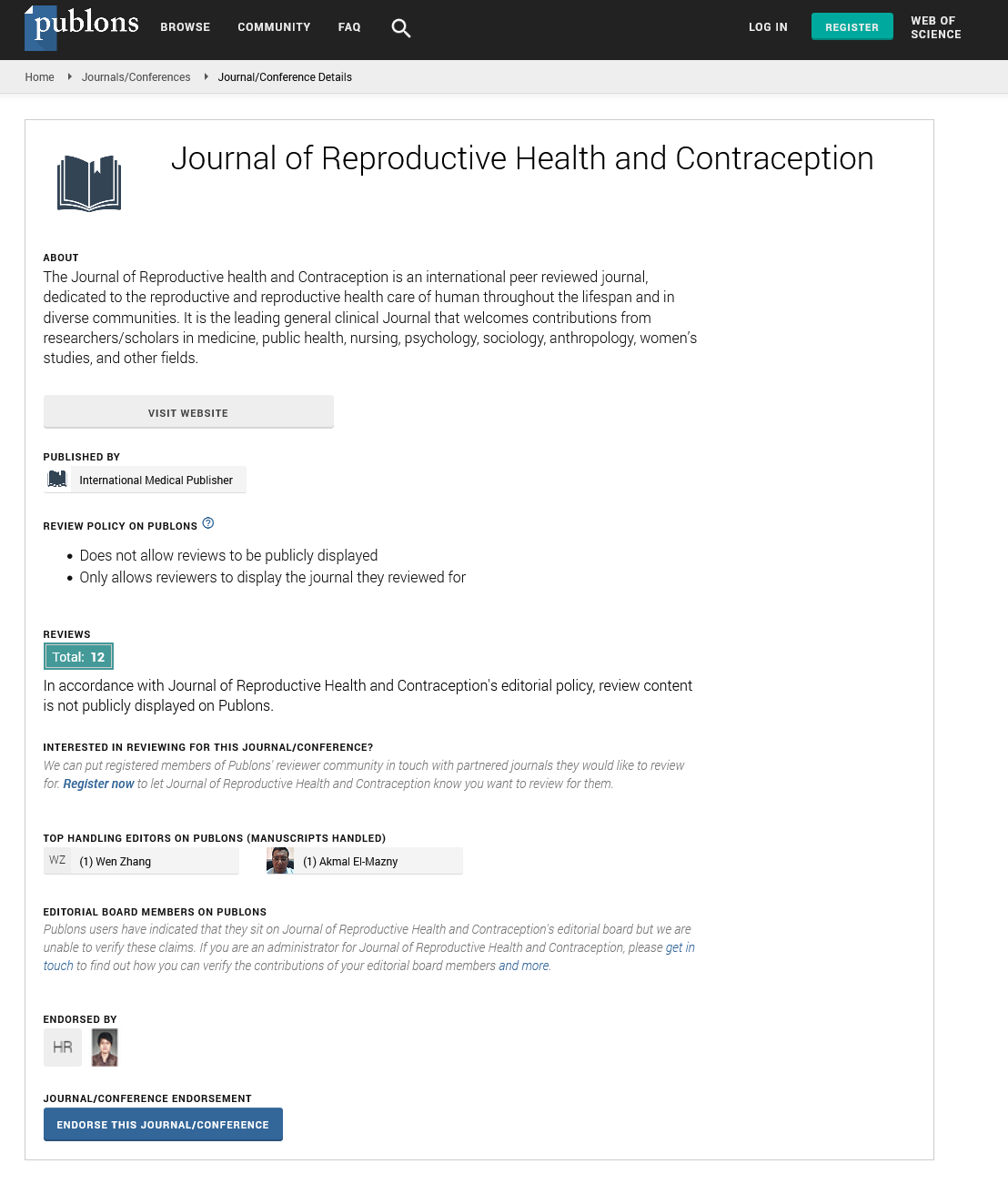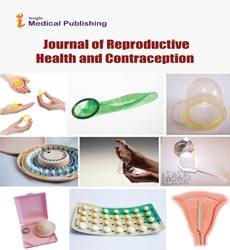Abstract
Enhancing the knowledge on Sexually transmitted diseases prevention while prescribing contraception
Sexually transmitted diseases (STD) are important causes of gynecological problems like menorrhagia, dysmenorrhea, dyspareunia, infertility, ectopic pregnancy, chronic pelvic pain, cervical cancer and many other serious conditions. 40-50% of the ectopic pregnancies are caused by pelvic infection. Nearly a million people acquire STD including HIV/AIDS daily. There are 90,000 people are living with HIV/AIDS in Malaysia. In pregnant women with untreated early syphilis, 25% of pregnancies result in stillbirth and 14% in neonatal death – an overall perinatal mortality of about 40%. Around 4000 newborn babies become blind due to maternal untreated Gonococcal and Chlamydial infections. More than 30 bacterial, viral, parasitic pathogens are transmitted sexually the victims suffer from mobility, disability and they are incapacitated. Materials and methods This is the review study of available literature on STD, barrier methods of contraception and their role on prevention of sexually transmitted infection Discussion/ Results Unfortunately no vaccines and microbicides are available for most of the STDS. It is easier to prevent the STD rather than treating and curing problem. The risk of STD is increased with the unprotected sex. Out of the available contraceptive methods, male and female condoms are the only methods to protect against STD. Many meta-analysis had revealed that the correct and consistent use barrier methods of contraception can reduce about 87% risk of HIV/AIDS transmission. Barrier methods remain an important component to prevent the STD and conception. Male condom is safe, cheap, effective, free of side effects and freely available. Enhance the knowledge on STD and the consistent use of male female barrier methods should be done among vulnerable group such as men who has sex with men, sex workers, transgenders, prisoners, population affected by civil unrest, migration workers, travelers for recreations and adolescents. Conclusion The health sector, schools, media, tourism industry, legal system, non-governmental organizations’ and the private sector should actively involve in the awareness programme on prevention of STD and promotion of contraception
Author(s):
Mohammed Najemudeen
Abstract | PDF
Share this

Google scholar citation report
Citations : 201
Journal of Reproductive Health and Contraception received 201 citations as per google scholar report
Journal of Reproductive Health and Contraception peer review process verified at publons
Abstracted/Indexed in
- Google Scholar
- China National Knowledge Infrastructure (CNKI)
- WorldCat
- Publons
Open Access Journals
- Aquaculture & Veterinary Science
- Chemistry & Chemical Sciences
- Clinical Sciences
- Engineering
- General Science
- Genetics & Molecular Biology
- Health Care & Nursing
- Immunology & Microbiology
- Materials Science
- Mathematics & Physics
- Medical Sciences
- Neurology & Psychiatry
- Oncology & Cancer Science
- Pharmaceutical Sciences


